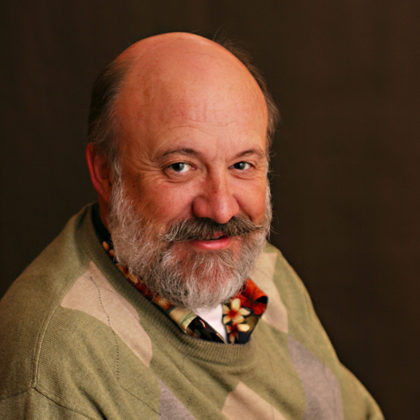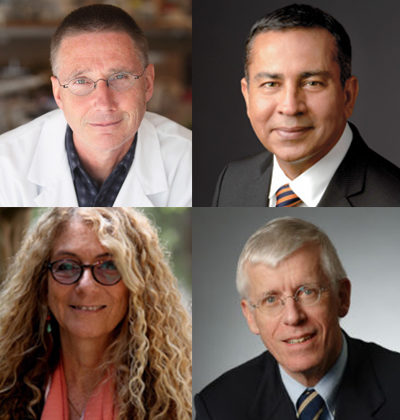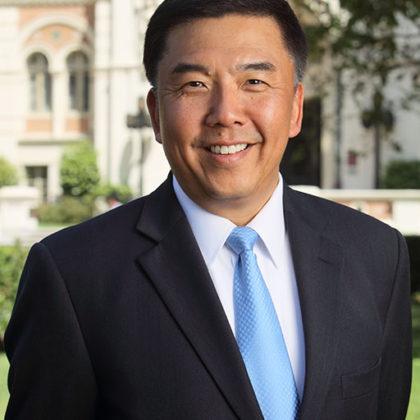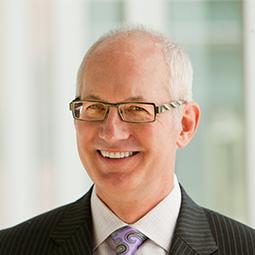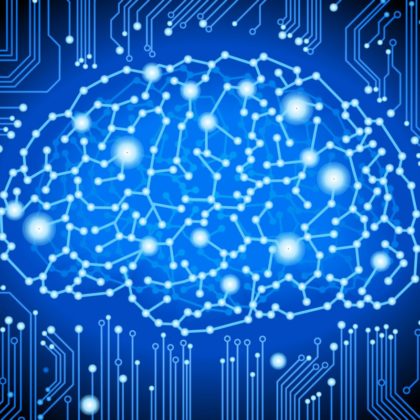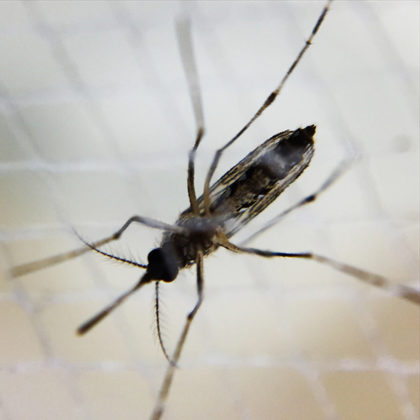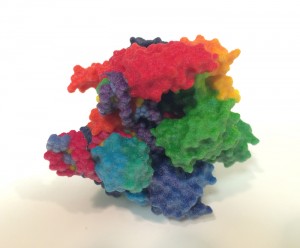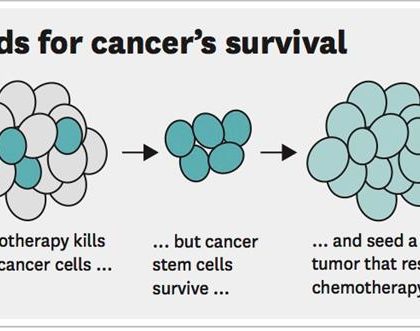Stories
Five ways to lower your chances of getting Alzheimer’s
Retain a sharp, healthy brain and reduce your risk of Alzheimer’s disease by following five simple rules. Some of the tips are scientifically proven, while others show promise but require further investigation.
David Warburton among USC professors named fellows of esteemed scientific society
Five USC scientists and one Keck School of Medicine of USC physician have been elected fellows of the American Association for the Advancement of Science, an honor awarded to AAAS members by …
NIH funding helps Americans live longer and healthier
The nation’s medical research agency, the National Institutes of Health, funds research to help Americans live longer and healthier. Some 148 Nobel Prize winners have received support from the NIH, demonstrating how …
USC researchers close to identifying crucial gene for human cleft lip and palate
A group of researchers has found that three siblings born with cleft lip and palate share a common gene mutation associated with the birth defect. The gene intraflagellar transport 88 (IFT88) ensures …
D. Brent Polk named AAAS fellow
D. Brent Polk, a member of the USC Stem Cell executive committee and vice dean for clinical affairs at Children’s Hospital Los Angeles (CHLA), is among five USC scientists who have been …
There’s hope for reversing stroke-induced long-term disability
Permanent brain damage from a stroke may be reversible thanks to a developing therapeutic technique, a USC-led study has found. The novel approach combines transplanted human stem cells with a special protein …
Two Zika proteins responsible for microcephaly identified
USC researchers have tracked down two Zika proteins potentially responsible for thousands of microcephaly cases in Brazil and elsewhere—taking one small step toward preventing Zika-infected mothers from birthing babies with abnormally small …
USC Stem Cell scientists enter the conversation about CRISPR
CRISPR-Cas9 is a gene-editing technique that enables scientists to disable, replace or modify sections of DNA. It allows for unprecedented precision and speed in the field of genome editing. It has been used to …
Scientists root out the “bad seeds” of liver cancer
Researchers have found the “bad seeds” of liver cancer and believe they could one day reprogram them to remain responsive to cancer treatment, according to a new study in the January 12 …

